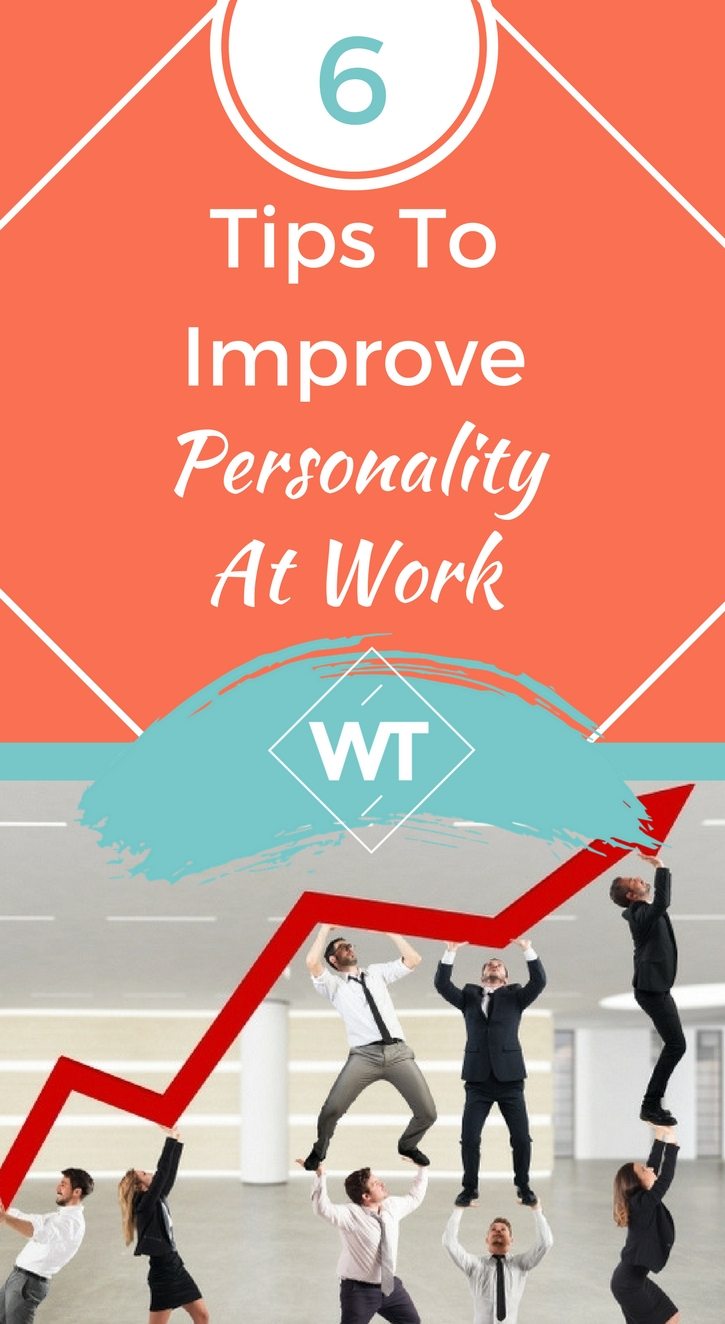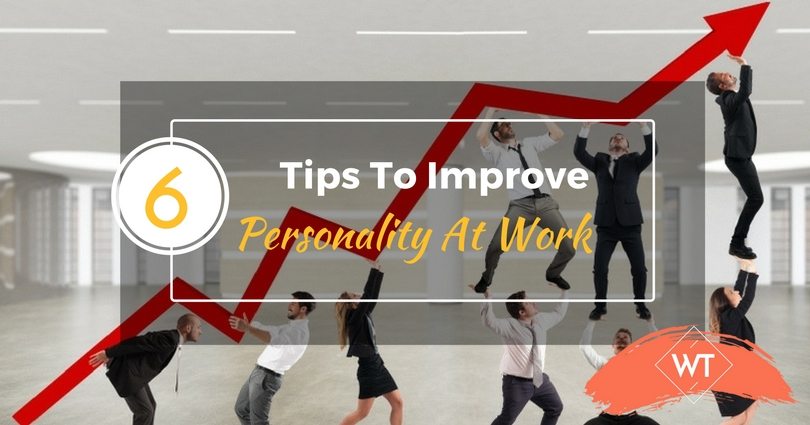6 Tips To Improve Personality At Work

Why do you need the proper development of an employee’s personality at work? It’s simple. Your employee’s personalities affect how everyone else works—and how they work together. Their impact on your workplace is truly staggering. After all, “Clash of personalities” isn’t a saying for nothing, is it? When you can understand the personalities of the people at work—whether they’re employees or peers—you can make your team:
- More productive
- Less stressed
- A stronger unit
- Reach targets
All things that are really important in the workplace. And, not only that, it can make you a better leader. Neat, huh?
How to develop an employee’s personality at work
In this article, you’re going to learn some simple employee development rules to implement to help you better-develop each employee’s personality at work.
1. Personal problems stay personal
Problems are infectious. Or, more to the point, The whining, moaning and unrest that comes with personal problems is infectious which means its good practice to keep them out of the workplace. If not just to keep your team focused, but to let the employee with the problem know that work is a safe place to escape the problem. If the problem is truly pressing, give them the time and space in their day to address it to a reasonable level, so they can keep their focus.
2. Keep negativity at bay
A negative attitude is an unproductive one. Open-floor criticism, complaints and arguments have no place in your workplace. Why? Because it can really damage or effect the personalities of those around you. How do you address this? It’s a slow process—and something you can address directly in the next rule—but it comes from leading with a positive example, and giving people the opportunity to express what they’re happy about.
3. Have monthly personality development sessions
This is a must if you want to help your team grow their personalities. Because, without a forum to do it, they’re not going to be able to do it on their own. But, what is an personality development session? Simple . . . it’s whatever you want it to be. Because, who knows your business—or the person you’re talking to—better than you? Your session should have some key points though:
- Positive focus
- A safe environment (free speaking)
- An initial personality test
- Actionable steps
You can do this in either single, one-on-one sessions, or as a group (depending on how your workplace works). The big focus here though, is to remind them that they’re in the workplace for a reason and that a positive attitude and personality not only affects their work—but those around them as well.
4. Work on one trait per month
Identify the problem traits together—the ones you’d most actively like to change—and work on one per month. As you saw in my last article, you can alter a trait in around 21 days. So, this would be a great cycle to set your meetings around. This gives people something to focus on, and that they can see actively improving in the workplace, without overwhelming them.
5. Create an accountability system
Some of the personalities on your team will need to be kept accountable. Others, well, they’ll be happy to work alone. This doesn’t have to be a way of negatively enforcing the trait. Instead, it can be a fun way to engage the situation, whilst keeping people focused:
- A negativity jar (like a swear jar, but for negative comments)
- Positivity boards
- Buddy systems
- Team-building exercises
- Goals and prizes
Anything that you feel will work well for the personalities you have, and are trying to develop.
6. Have a dress code
Yeah, you read that right! Don’t just have the basics: clean-shaven, showered and ironed. Go a little bit above-and-beyond, to make sure their dress suits your cause. Why? Because when someone is dressed well, they not only present a better personality, they feel different too. And that can work wonders for positivity in the work place. Now, ideally you won’t make this too strict so that people can’t have freedom and expression. But it needs to be strict enough to suit the cause. For example, my barber’s has a dress code of:
- Suit Vest
- Shirt
- Pants or Black Jeans
- Brogue Shoes
They can express it however they want beyond that—the owner wears bright silver brogues—but it means all the workers are able to dress and act confidently though looking smart, too.
Okay, so it’s time for you to start implementing these tips for employee development. So, which one are you going to start with?









Leave a Reply